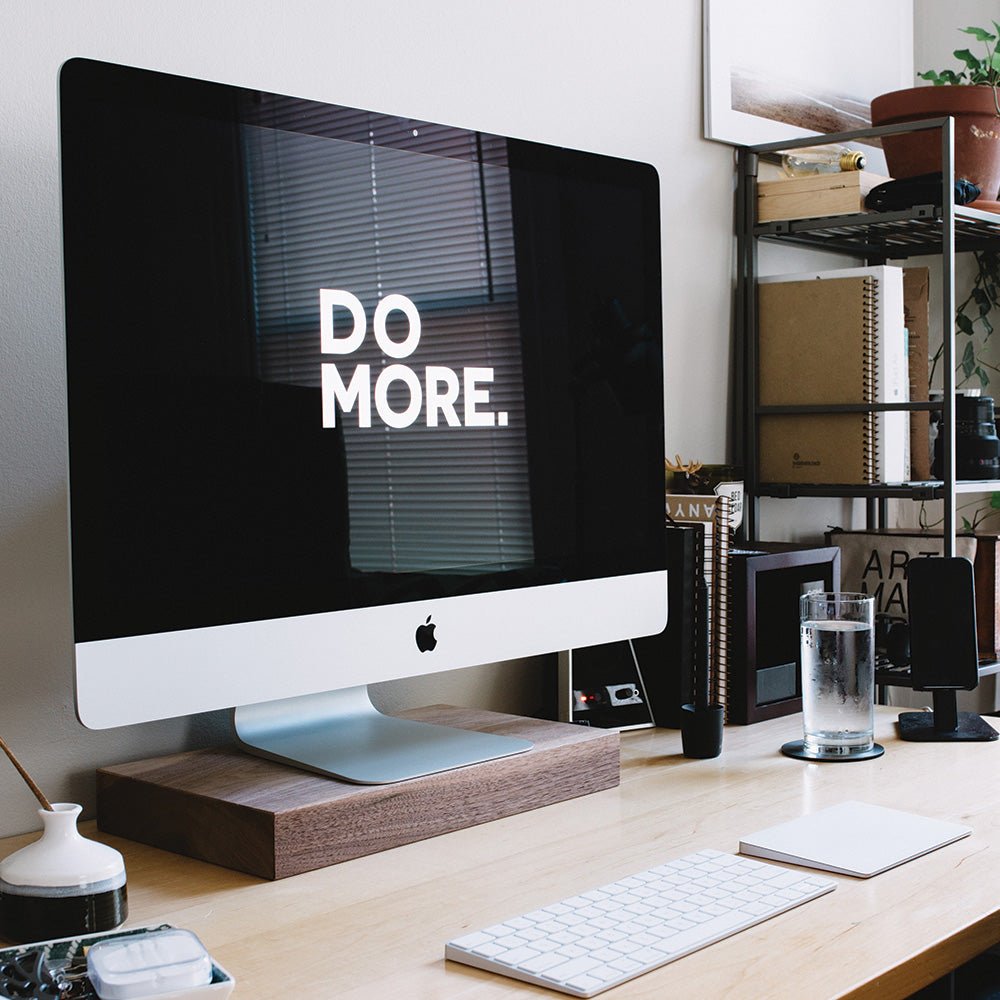
From Paper to Digital: Integrating Analog Tools into Your Digital Workflow
Share

In the age of digital technology, our lives have become increasingly reliant on screens and devices, and the use of traditional analog tools like pen and paper may seem like a fading practice. However, there's an undeniable charm and effectiveness in harnessing the power of both worlds – analog and digital. In this blog post, we'll explore how to seamlessly integrate analog tools into your digital workflow to enhance productivity, creativity, and organization.
1. The Power of Note-Taking:
In the digital age, note-taking apps and cloud-based storage have become ubiquitous. However, for many, nothing beats the experience of jotting down notes on paper. The act of writing by hand has been linked to better information retention and comprehension. By combining digital note-taking apps with handwritten notes, you can capture ideas, sketches, or diagrams on paper and then scan or photograph them for easy digitization and retrieval.
2. The Joy of Journaling:
Journaling has been a timeless practice for self-reflection and creative expression. Whether you're keeping a gratitude journal, a travel diary, or an art journal, the tactile nature of writing in a physical notebook adds a personal touch to your experiences. You can later enhance your digital workflow by scanning journal pages or transcribing entries into digital documents.
3. Visual Thinking and Mind Mapping:
Analog tools, such as whiteboards, flip charts, and sticky notes, are excellent for brainstorming and visual thinking. Mind maps, flowcharts, and diagrams can be more effectively created by hand. You can then digitize these visual aids for easy sharing and collaboration by using mobile apps or scanning.
4. Organizing with Planners and Calendars:
Planners and paper calendars offer a sense of structure and organization that can sometimes get lost in digital counterparts. By using a paper planner to outline your tasks and schedule, you can visualize your priorities better. Later, you can transfer important dates and tasks into digital calendar apps to set reminders and maintain your digital workflow.
5. Creativity and Artistry:
Artistic expression often finds its home in physical mediums. Whether you're a painter, sketch artist, or calligrapher, the tactile experience of creating art on paper is irreplaceable. Once your artwork is complete, you can photograph or scan it to showcase your work digitally.
6. Merging Analog and Digital Tools:
To integrate analog tools seamlessly into your digital workflow, consider investing in tools like scanners or apps designed for digitizing handwritten notes and images. Services like Evernote, OneNote, and Notion offer the capability to organize and search your handwritten content alongside digital files. These tools bridge the gap between analog and digital, ensuring you get the best of both worlds.
In conclusion, the combination of analog tools and digital technologies can create a well-rounded and dynamic workflow. Embracing the timeless practice of writing on paper, brainstorming with physical tools, and expressing your creativity through traditional mediums can enhance your overall productivity and creativity. With a thoughtful approach to integration, you'll find that both worlds complement each other, offering a richer, more versatile, and personalized way to work and express yourself.
